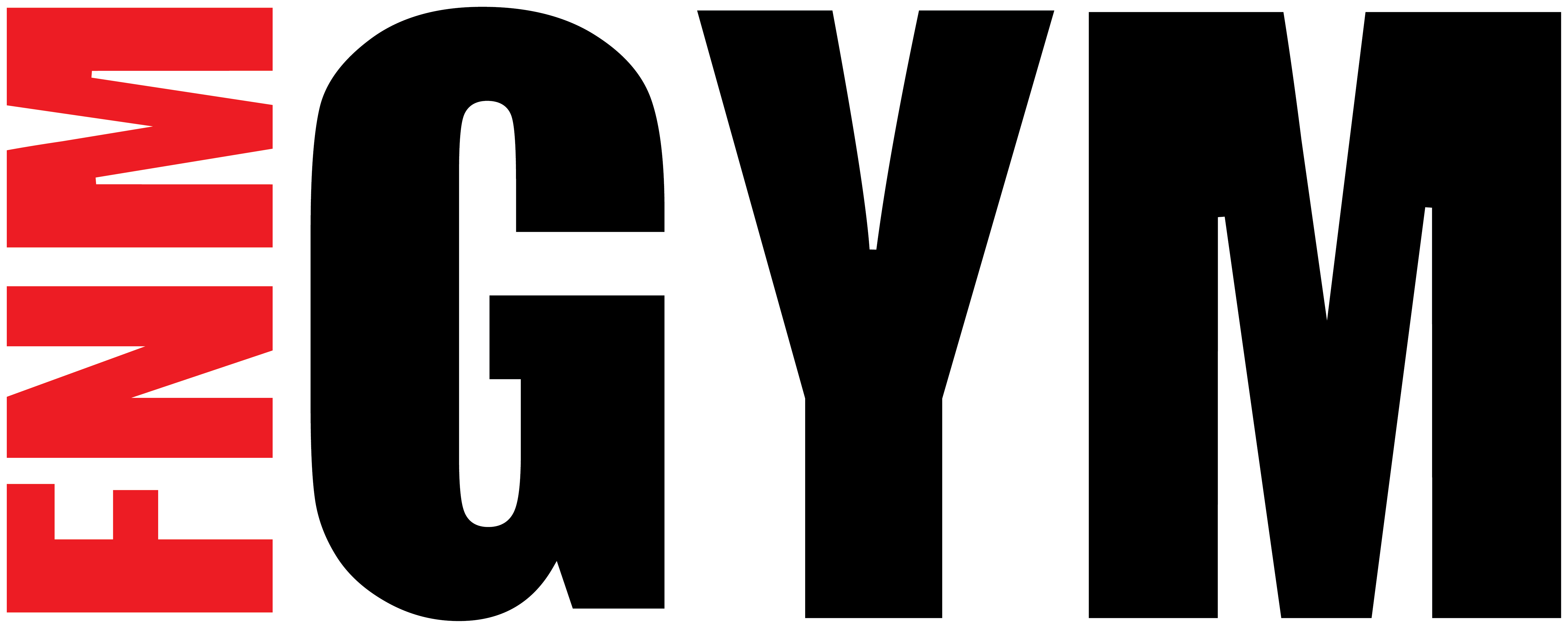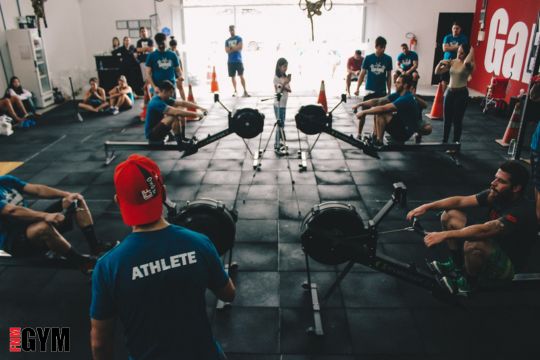At Fitness n Motion Health Centre (FNM), our family-owned and run gym is all about keeping you active, healthy, and injury-free. Whether you’re just starting your fitness journey or you’re a seasoned gym-goer, knowing how to prevent and recover from common workout injuries can help you stay on track with your goals.
Here’s a guide on how to keep yourself safe while working out, along with tips on what to do if an injury sneaks up on you.
Common Workout Injuries
Even with the best intentions, workout injuries can happen. Here are a few of the most common ones you might come across:
- Strains: These occur when muscles or tendons are overstretched or torn. Strains often happen when you lift weights that are too heavy or use improper form during exercises like squats or deadlifts.
- Sprains: A sprain affects the ligaments, which connect bones at a joint. Twisting your ankle during cardio, for instance, can lead to a sprain.
- Back Pain: A particularly common injury, back pain can arise from poor posture during exercises, especially when lifting weights or performing movements like deadlifts and rows.
- Tendonitis: This is inflammation of the tendons, often caused by repetitive motions. You might feel tendonitis in your shoulders, knees, or elbows after frequent, repetitive exercises.
- Knee Injuries: Knee pain can result from improper squatting form, high-impact cardio, or overuse. It’s one of the trickiest areas to recover from because the knee is essential to so many movements.
Understanding these injuries is the first step toward preventing them. The next step is taking action to keep yourself safe in the gym.
How to Prevent Injuries: Form, Technique, and Progression
At Fitness n Motion Health Centre, our philosophy is about building strength with care. By focusing on proper form and technique, you can significantly reduce your risk of injury.
Here are a few top tips to keep in mind:
- Start Light and Build Gradually: One of the most common mistakes people make is lifting too heavy too soon. If you’re new to an exercise or increasing the weight, take it slow. Progression is important, but let your body adapt gradually to new challenges.
- Focus on Form Over Speed: It’s tempting to rush through sets, but doing exercises too quickly can throw your form off and increase injury risk. For example, in weightlifting, controlled movements ensure your muscles work correctly, reducing strain on tendons and joints.
- Seek Guidance from FNM Trainers: Don’t hesitate to ask our friendly staff for advice! Whether you need help perfecting your squat or adjusting your grip on the barbell, we’re here to guide you through safe, effective workouts.
- Use the Right Equipment: Proper shoes, weightlifting belts, and resistance bands can help protect your joints and muscles. Make sure your equipment is in good condition and suited to your workout.
- Rest Days Are Essential: Overworking your muscles can lead to injuries like tendonitis and stress fractures. Make sure you’re scheduling rest days to give your body the recovery time it needs.
The Importance of Warming Up, Cooling Down, and Stretching
Think of your body as a car: before you hit the gas, it’s essential to warm up the engine. Likewise, warming up prepares your muscles, joints, and heart for the workout ahead, making injury less likely.
- Warm Up for 5–10 Minutes: Start with light cardio or dynamic stretches like arm circles or leg swings. This increases blood flow to your muscles and improves your range of motion. Warming up also mentally prepares you for the workout, so you’re more focused on your form.
- Cool Down After Your Workout: After a high-intensity session, don’t just pack up and go. Spend at least 5 minutes cooling down with light stretching or walking. Cooling down helps reduce muscle stiffness and brings your heart rate back to normal gradually.
- Stretch to Stay Flexible: Incorporate static stretches after your workout, focusing on the muscles you’ve worked. This helps improve flexibility, reduces soreness, and supports muscle recovery. For example, if you’ve been lifting weights, stretch your arms, shoulders, and legs.
Recovery Strategies for Common Injuries
Sometimes, despite your best efforts, an injury occurs. Here’s how to handle the most common ones:
- For Strains and Sprains: The first course of action is usually the RICE method (Rest, Ice, Compression, Elevation). This helps reduce swelling and prevents further injury. Gradually reintroduce movement, and avoid high-impact activities until you’ve healed.
- For Back Pain: Rest and gentle stretching are key. Avoid exercises that put strain on your back, like heavy deadlifts or bent-over rows. Opt for low-impact activities like swimming or yoga to stay active while giving your back a break.
- For Tendonitis: Overuse injuries like tendonitis need rest, but not total immobility. Gentle stretching and strengthening exercises specific to the affected area can help you recover. Applying ice can reduce inflammation after a workout.
- Knee Injuries: Strengthening the muscles around the knee, like your quadriceps and hamstrings, can help support your knee as it heals. Avoid high-impact exercises like jumping or running until the pain subsides. Low-impact cardio, such as cycling, can be a good alternative during recovery.
When to Seek Professional Help
While many injuries can be treated at home with rest and recovery techniques, some require professional attention. If you experience any of the following, it’s time to see a doctor or physiotherapist:
- Severe swelling or bruising
- Difficulty moving the injured area
- Pain that doesn’t improve with rest
- Recurring injuries in the same area
At Fitness n Motion Health Centre, we believe in taking care of your health in every way possible. If you’re unsure about an injury, our trainers can help you assess whether you need professional treatment or guide you through safe exercises to aid recovery.
Stay Active, Stay Safe!
Injuries can be frustrating, but with the right approach, you can prevent most of them and recover quickly when they occur. Remember, your fitness journey is a marathon, not a sprint. By focusing on proper form, listening to your body, and allowing time for recovery, you’ll set yourself up for long-term success.
At FNM, we’re here to support you every step of the way. Whether you’re working out solo or with family, we’ve created a safe, welcoming environment where you can reach your fitness goals without the worry of injuries holding you back.
Stay safe, stay strong, and we’ll see you at the gym!
Click here to read more on Recover and rest: Key components of a successful fitness plan




